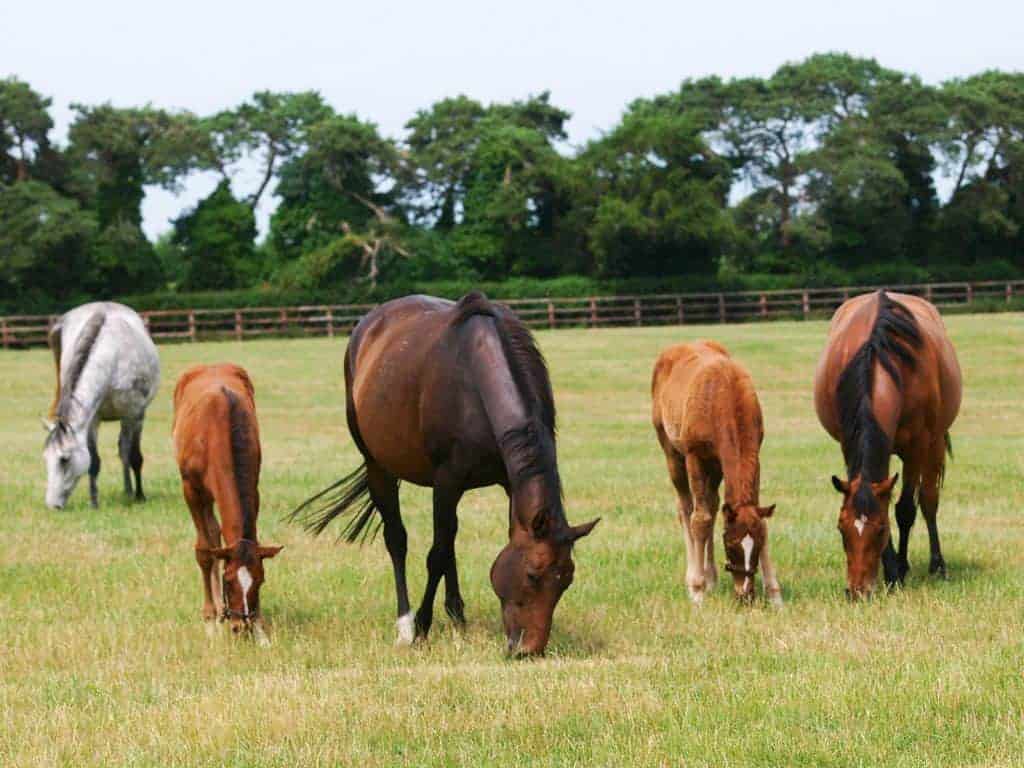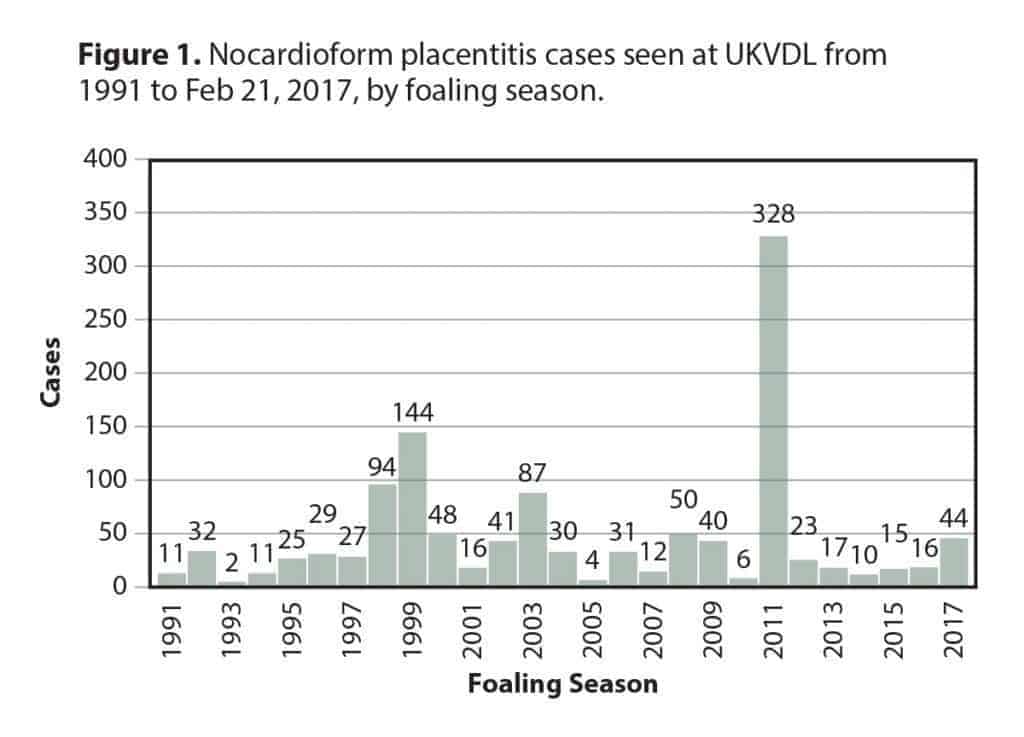
Tips for Evaluating the Subfertile Mare
One veterinarian describes how to use endometrial culture, cytology, and biopsy to evaluate subbertile mares.

One veterinarian describes how to use endometrial culture, cytology, and biopsy to evaluate subbertile mares.

Overweight mares often produce heavier foals, which studies have shown are at-risk for musculoskeletal disorders.

Researchers discuss equine rotavirus infection in foals, bacterial upper airway infections, and more.

Persistent uterine lining inflammation in horses can lead to lower pregnancy rates and increased early embryonic losses.

Traditionally when a mare died, her gene pool often went with her. This isn’t always the case these days, however.

Prefoaling secretions have a pH of 8.0 to 8.5 which decreases to 6.5 or lower as foaling approaches, researchers found.

Learn whether your horse is at risk and if you should be vaccinating for this “new” disease.

Through the third week of February, 44 cases of nocardioform placentitis were confirmed in the 2017 Kentucky foal crop.

There have been no new EHV cases reported since April 4, when one Anne Arundel County horse tested positive.

Digestive system and cardiovascular system problems were the most common causes of death in the study population.
Confirmed diseases include equine herpesvirus, West Nile virus, African horse sickness, strangles, influenza, and more.

The index farm and veterinary clinic at which the horse was treated are currently under quarantine.

The horse was euthanized at the Marion DuPont Scott Equine Health Center in Leesburg, Virginia, shortly after arrival.

Reproductive endocrinology can influence a horse’s overall health and well-being.

Controlling disease spread can be challenging. A veterinarian offers tips on how to react if your farm becomes infected.

Now what? Internal medicine specialist Dr. Stephen Reed offers advice.
Stay on top of the most recent Horse Health news with
"*" indicates required fields